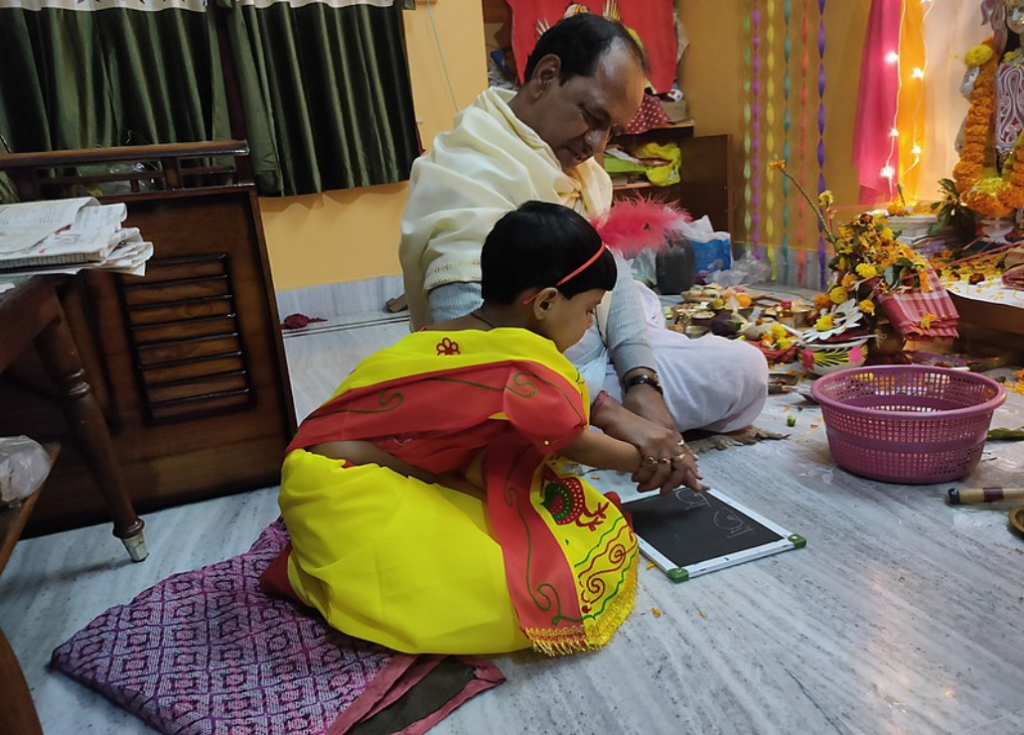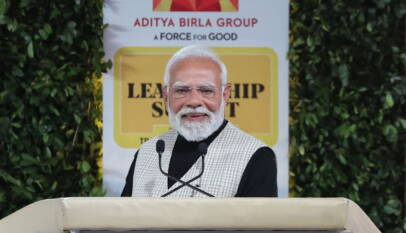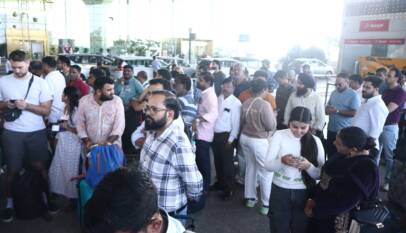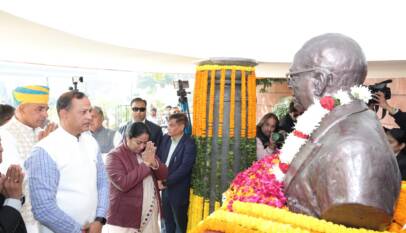Victory and New Beginnings: Dussehra & Bijoy Dashami!
DAY 10 – Dussehra or Bijoy Dashami (Vijayadashami): –
Bijoy Dashami (Vijayadashami) marks the conclusion of Durga Puja, commemorating Mother Durga’s victory against the buffalo-demon ‘Mahishasura’ to restore and protect dharma.
Bengal – the Bengali’s bid Mother Durga adieu on this day by organising certain rituals. To begin with; In a ceremony called “Sindoor Khela” – married women bid adieu to the Goddess, after draping her in new clothes and offering sweets to her, while playing with vermillion amongst each other. It is widely acclaimed that only the married women participate to personify femininity.

This is followed by the immersion procession, and the ritualistic immersion of the Durga idols in water, typically in rivers or other bodies of water is to signify the return of the Personal form of God to the Impersonal Reality called ‘Brahman’. Here, Water stands for the Impersonal Reality.

After formalising the immersion, people visit their friends, relatives and engage in “Kola-Kuli”, a ritual where people mutually embrace by hugging and consoling each other and enthralled with the feeling of warmth and togetherness.
North India – Dussehra, in Hinduism, is a holiday marking the triumph of Rama, an avatar of Lord Vishnu, over the 10-headed demon king Ravana, who abducted Rama’s wife, Sita. The festival’s name is derived from the Sanskrit words Dasha (“ten”) and Hara (“defeat”). Symbolising the victory of good over evil, Dussehra is celebrated on the 10th day of the month of Ashvina (September–October), the seventh month of the Hindu calendar, with the appearance of the full moon, an event called the “bright fortnight” (Shukla Paksha).
It refers to the killing of 10(Ten) headed demon Ravana, thus signifying the eradication of 10 Sins, also attributed to 10 heads of Ravana which are as follows:
- Kama Vasana – the lust
- Krodha – the anger
- Moha – attraction
- Lobha – greed
- Mada – over pride
- Matsara – jealousy
- Swartha – selfishness
- Anyaya – injustice
- Amanavata – cruelty
- Ahankara – ego
It is particularly notable in the historically important Hindu cities of the State of Bihar, along with prominence in Madhya Pradesh; Uttar Pradesh; Uttarakhand, where the effigies of Ravana, Kumbhakarna, and Indrajit are burnt to celebrate the victory of good (Rama) over evil forces.
Karnataka – on Vijayadashami, the traditional Dasara procession is held on the streets of Mysore. An image of the Goddess Chamundeshwari is placed on a golden saddle (Hauda) on the back of a decorated elephant and taken on a procession, accompanied by tableaux, dance groups, music bands, decorated elephants, horses, and camels.

Kerala – on the three days (Ashtami, Navami, and Vijayadashami) of Sharada Navaratri, Sarasvati Puja are celebrated in which books are worshipped. The books are placed for Puja on Ashtami in their own houses, traditional nursery schools, or in temples. On Vijayadashami, the books are ceremoniously taken out for reading and writing after worshipping Sarasvati. Vijayadashami is considered auspicious for initiating the children into writing and reading, which is called “Vidyarambham”.
On the auspicious occasion of Vijayadashami, “Vidyarambham” ceremony begins with writing “Om Hari Sree Ganapathye Namaha”, in a tray which is filled with rice. Then, the index finger of the child is held and he/she is made to write the mantra (usually in the mother tongue). This mantra is written on sand and rice.

Education is very important in Hinduism—so much so that any parent who deprives their child of basic knowledge (like alphabets or religious duties) is regarded as a criminal. To fulfill their religious duty, a parent must perform Vidyarambham as a declaration of their responsibility for their child’s education.
The wellbeing of the world depends on the elucidation of its children, so the Vidyarambham ceremony is considered a supreme duty. The Vidyarambham day tradition starts with the baby or child sitting on the lap of an elderly person with images of Saraswati and Ganesha.
It is mention worthy that Vidyarambham is celebrated in Bengal, on the day of Saraswati Puja occasionally in the month of ‘Magha’, and is known as “Hathe Khori”, where the child sits on the lap of an elderly person revered by the family & society. The elderly person writes 02 alphabets on a “Slate” with the aid of a chalk. The child then holding the chalk firmly writes on the 02 alphabets, which marks the child’s journey to the world of education.


Writer Suvro Sanyal
The writer has fortified the diversified culture prevailing in our country, and while doing so has commended the robustness in the strength that has kept unified the nation.
Log on : www.mavericknews30.com
Follows us on : Twitter @mavericknews30
YouTube : @MarvickNews30
Your Legal Rights When a Flight Is Delayed or Cancelled in India
New Delhi, Dec 5: With widespread flight disruptions continuing to affect air travel acros…




















